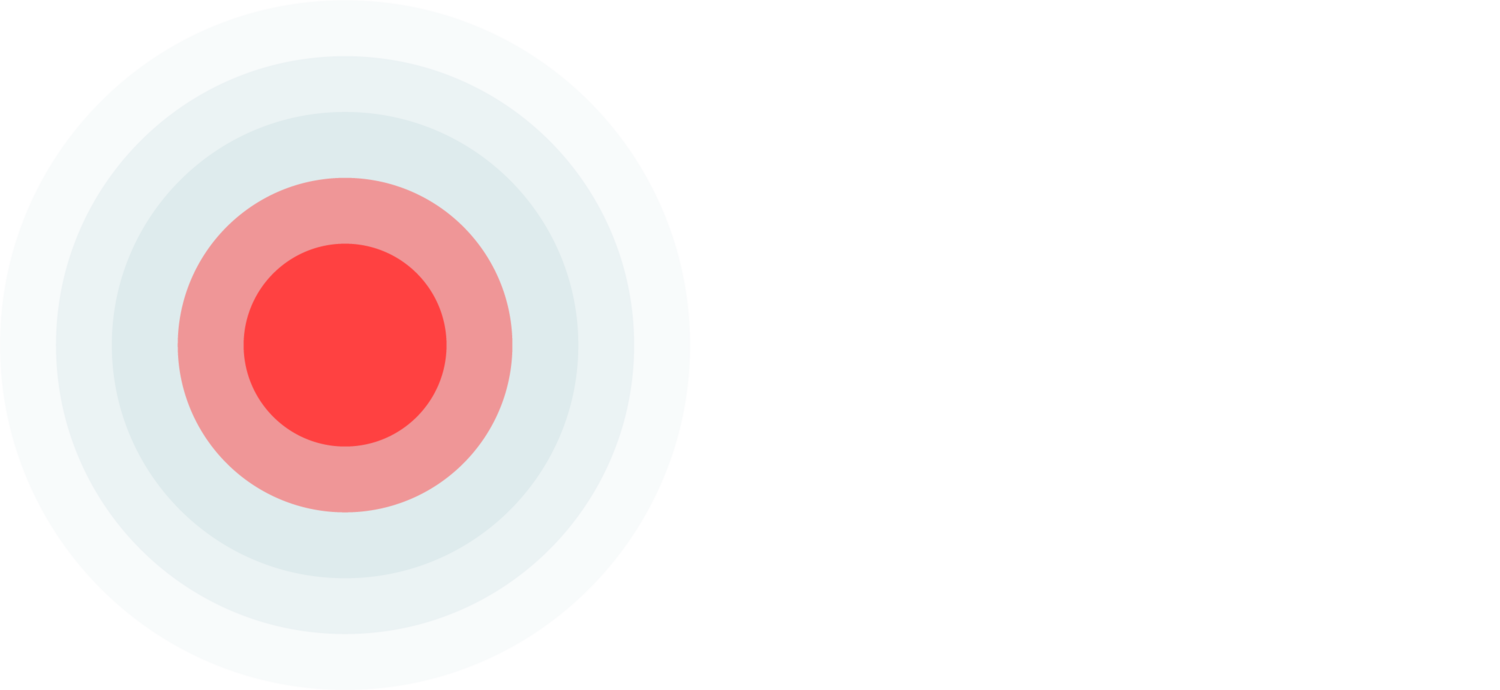Frequently Asked Questions (FAQ)
What is Mapping COVID-19 Recovery?
The Mapping COVID-19 Recovery project, , which launched in 2020, standardizes data through a series of maps illustrating where public, private and philanthropic sector investments sector investments were going in BIPOC (Black, Indigenous, People of Color) communities devastated by the COVID pandemic. The goal of this project is to strategically reinvest towards recovery to close historic funding gaps and rebuild stronger communities.
Why now?
The devastating impact of COVID in Chicagoland's Black and Latinx communities has highlighted inequitable policies and historic divestment on the South and West sides. The vaccine will help contain the virus but community recovery will require a collective and rapid action to rectify history rather than repeat it.
How are these maps useful?
This mapping project is meant to act as an interactive tool to standardize data about where public, private and philanthropic investments are going and assist in rebuilding our post-COVID communities differently by providing the framework for shifting essential resources to BIPOC communities and BIPOC-led organizations. This data, presented in visual maps, illustrates investments from the year before COVID to current investments, and can also be used to plot future investments.
How was the study area chosen?
The areas that were chosen for this project are all Chicago communities (zip codes) and suburban municipalities that are majority non-white (80% or over), and high poverty (25% or over). They are meant to be representative of how historically non-white communities have faced many of the same forces of structural racism that left them vulnerable to a pandemic like COVID-19.
Who is responsible for this project?
Former Field Foundation President Angelique Power adapted the idea from the Field Foundation’s use of heat maps to illustrate geographic divestment of resources and funding gaps in Black and Latinx neighborhoods, intending to shift resources to BIPOC-led organizations. Last summer, a groundbreaking collaborative of philanthropic stakeholders and researchers representing 25 organizations agreed to share data about shifting investments in response to the pandemic, and examine what more could be done.
Who can benefit from this information?
Organizers, policymakers and investors from the public, private and philanthropic sectors.
What has the data shown so far?
Among the early findings: The year before the pandemic, foundations funded more downtown Chicago organizations than predominantly BIPOC communities on the south and west sides. Since the pandemic began, more dollars have been invested in BIPOC communities and with BIPOC-led organizations.
Where can I find the sources for each map?
Download the presentation to see our data sources in the speaker notes in each respective map slide.
Who can access these maps?
Anybody! The presentation created by the partnership between philanthropic stakeholders and researchers can be downloaded any time, is meant to be shared widely and is available for public use.
My organization would like to add data and/or receive a customized map. How?
Please fill out this contact form and we will work with you on what you need.
